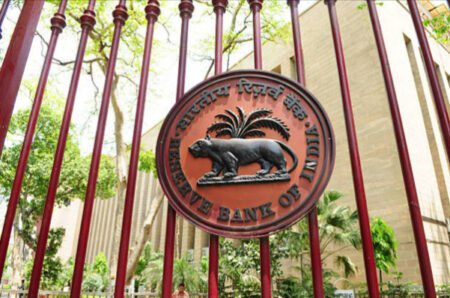In December, 17 firms raised over Rs 16,700 crore via public offerings in 23 trading days, totalling over Rs 16,700 crore. That was no easy task. Since the third week of October, when it reached record highs, the Indian stocks market has been nervous.
Benchmark indexes fell about 6,500 points between then and the New Year before recouping most of their losses in the second week of January. Concerns about increasing inflation and slowing growth, along with
Even though coronavirus-related anxiety and inflation threatened to take the stuffing out of stocks, markets closed 2021 with gains of more than 20%. Now, amid a slew of new developments,
Punchy values, the likelihood of monetary policy normalization beginning in early 2022, and the possible short-term damage to the economy from the covid-19 epidemic might all operate as headwinds in the first half of this year.
Equities, on the other hand, are likely to beat bonds and cash, but with lower returns.However, earnings growth expectations, the primary driver of mid-cycle stock returns, remain healthy, with upgrades probable.
Earnings per share (EPS) for the Nifty index are expected to expand at a compound annual growth rate (CAGR) of 16 percent from FY19 to FY23, compared to 4 percent from FY12 to FY19.
THE MARKETS TO SHINE?
Markets are expected to face liquidity limitations in 2022 if global central banks’ cheap money supply begins to dwindle. So far, major central banks have been purchasing assets in order to provide money and maintain favourable financial conditions for economic recovery.
They are now anticipated to begin cutting down on purchases. Foreign institutional investors (FIIs) purchased $3.86 billion in Indian shares in 2021, but were net sellers in October-December, totalling $4.70 billion. In 2021, domestic institutional investors net bought shares worth 97,109.66 crore.
RUPEE DEPRICIATION
According to analysts, the rupee’s depreciation will support domestic gold prices, but this may be limited given the Reserve Bank of India’s (RBI) forex reserves, the possibility of a balance of payments surplus, continued flows in Indian equities, initial public offerings (IPOs) attracting overseas investors, and India’s potential inclusion in the global bond index in 2022.
The IPO pipeline remains robust, with 35 businesses scheduled to raise over 50,000 crore and another 33-seeking market regulator approval to fund approximately 60,000 crore. In addition, the much-anticipated mammoth IPO of Life Insurance Corporation of India is set to take place this year.
In 2021, 63 public offerings raised a record $1.18 trillion. This was about 4.5 times the amount collected from 15 share sales in 2020 and nearly twice the previous greatest year, 2017. Markets had a roller coaster ride, fueled by global tailwinds and excitement about India’s future.
India stood out as a preferred location for foreign investment among developing countries. Stocks increased for the sixth year in a row, with the Sensex and Nifty rising 22 percent and 24 percent, respectively – their highest year since 2017, when both gained 28 percent.
The BSE MidCap and SmallCap indexes increased by 39% and 63%, respectively. The total market value of Indian equities increased to $3.42 trillion by the end of 2020, up from $2.52 trillion.
Published By – Damandeep Singh
Edited By-Kritika Kashyap













